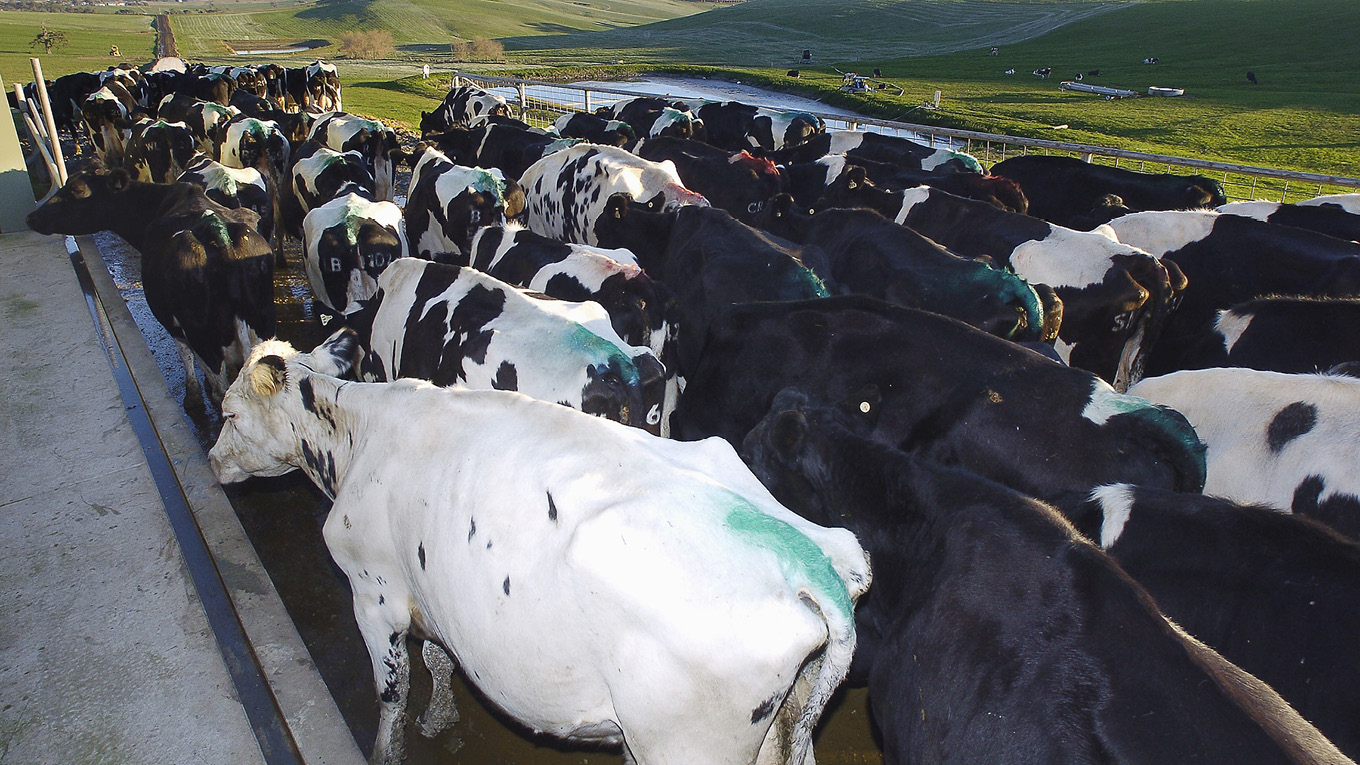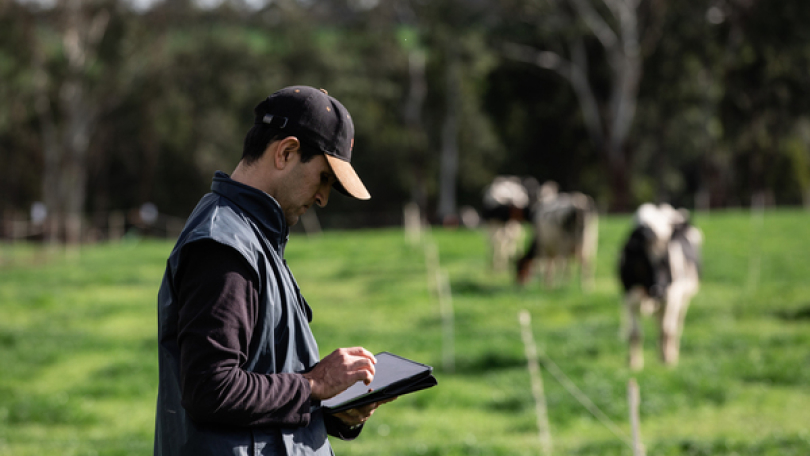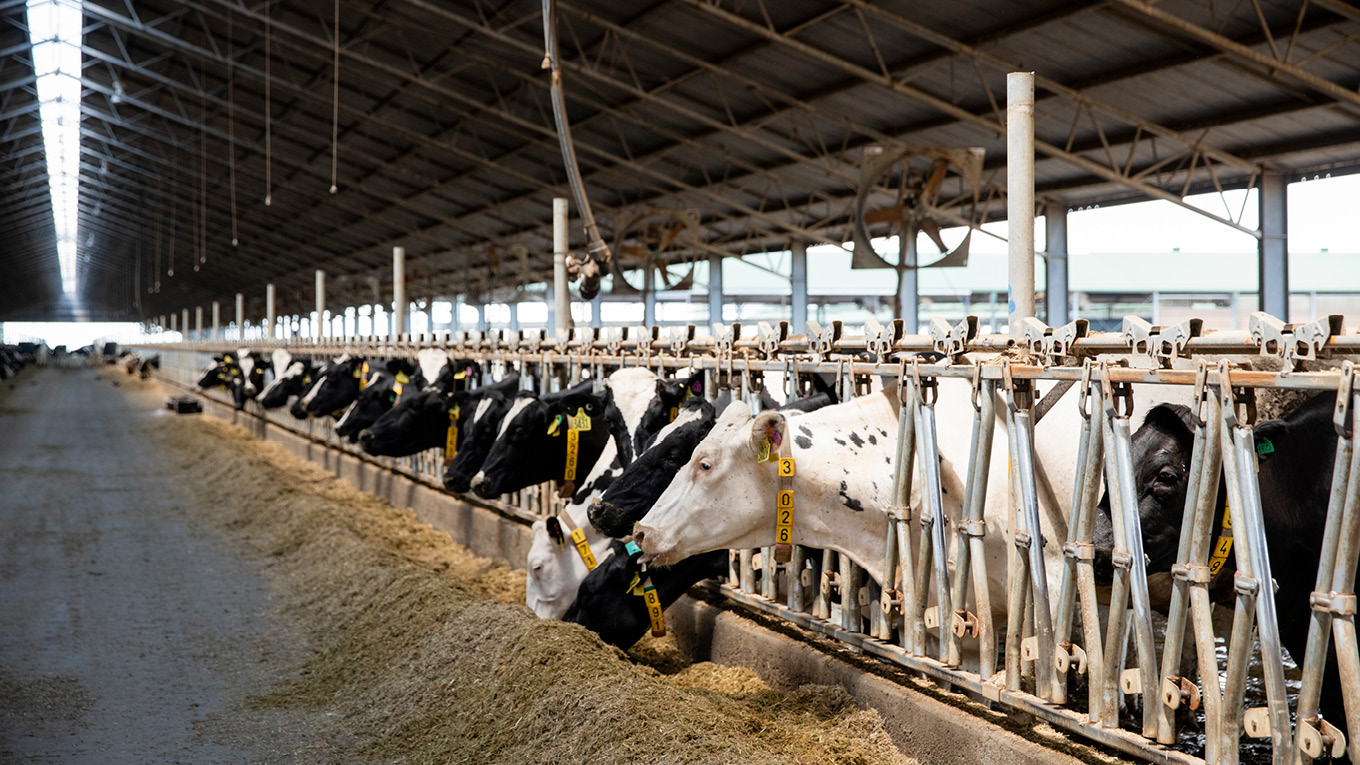Pregnancy Testing
It is important to know which cows are pregnant and when they conceived to ensure effective management. Many critical management decisions revolve around knowing when a cow will calve. An effective pregnancy testing strategy is an essential measurement activity.
Pregnancy testing with foetal aging helps you to predict the next calving date with some accuracy. You can use this information to more accurately identify dry-off dates for individual cows that provide a 60-day dry period. Now you can milk each cow to her individual dry-off date. This may allow you to produce extra milk, minimise transition cow feeding costs and generate more profit than would have occurred if you used a blanket dry off date for the herd.
Pregnancy testing also enables you to accurately measure and monitor your herd's reproductive performance:
- 100-day in-calf rate and 200-day not-in-calf rate in year-round calving herds.
- 6-week in-calf rate and not-in-calf rate in seasonal and split calving herds.
There are two main methods for pregnancy testing:
- Manual (rectal) examination of the cow’s reproductive tract by an experienced operator using manual palpation and/or an ultrasound probe.
- Laboratory testing of a sample of milk or blood obtained from the cow to determine the level of specific proteins or hormones associated with pregnancy.
Foetal aging is currently only possible using manual (rectal) pregnancy testing by an experienced operator.
Further information about each of the methods and developing a pregnancy testing strategy can be found in Chapter 5 of the InCalf book for dairy farmers (p. 159-172).
Improving accuracy of pregnancy testing
The length of a pregnancy varies in cows. The average pregnancy is 282 days and hormones from the calf trigger calving. The time at which the calves trigger the process also varies.
Generally, about 70% of cows will calve within a week of their due date based on early rectal pregnancy test results. Typically, 10% of cows calve 10 days before and another 10% calve 10 days after their due date. This natural variation in pregnancies means that pregnancy testing cannot be exact in all cows.
Foetal aging is currently only possible using manual (rectal) pregnancy testing by an experienced operator and is most accurate when cows are between 5 and 15 weeks pregnant. After this time, aging becomes inaccurate.
Accurate identification of animals and careful recording of results is essential for successful pregnancy testing. All animals should have clear ID tags or freeze brands, no duplicate IDs and good recording practice. A result recorded against the wrong cow is a wasted measurement and lost information.
Tip: Bring a list of cows to be tested that includes the number of weeks that they would be pregnant if conceived for each of her recent matings.
You may also need to consider follow-up pregnancy testing. This is recommended because for very early pregnancy testing up to 10% of confirmed early pregnancies are subsequently lost. Consider re-examining cows diagnosed testing under 6-weeks at a later date to confirm that they have held.
Laboratory tests for pregnancy testing
Advantages of laboratory tests for pregnancy testing include:
- Most tests are very accurate at identifying pregnant cows
- Tests are non-invasive – there is low risk of abortion
- Can be convenient – especially with ‘farmer collection’
- Can be cost-effective when small numbers of animals require testing
- Samples can be stored before sending to the laboratory.
Disadvantages of laboratory tests for pregnancy testing include:
- Some tests are only moderately accurate at identifying empty cows
- Unable to age pregnancies with accuracy
- Results are not immediately available as samples sent to a laboratory for testing
- May give false positive results in cows recently calved and in cows that have recently lost their pregnancy
- Require extra handling and leading to increased errors in identification.
Case Studies
Learn how other dairy farmers have used laboratory tests for diagnosing pregnancy in their cows.
Greg Rogers, Katunga, Victoria
Greg milks 260 cows, mainly Friesians with a few Jerseys, at Katunga in northern Victoria.
Pam Malcolm, Invergordon, Victoria
Pam Malcolm has been running Paringa Holsteins in northern Victoria since 1982. She milks 200 cows in a split-calving system.


